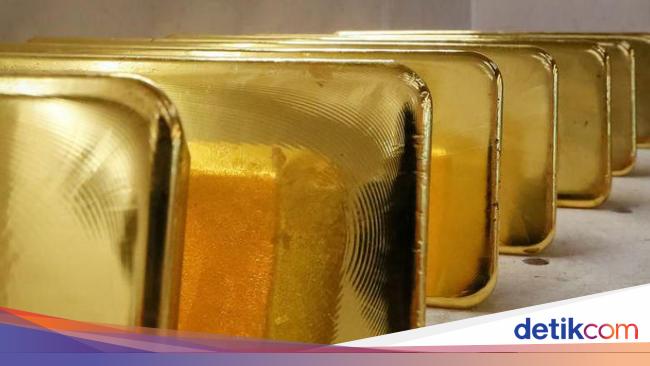Jakarta –
Indonesia is known as a country that has many natural resources (SDAs), not least for its rich flora (plants). So rich, Indonesia is said to have plants that it can make gold.
This was stated by prof. Hamim, specialist in plant biology, Agricultural University of Bogor (IPB) at the Scientific Oration of the Permanent Professors of BPH, some time ago. According to him, precious metals can be extracted from plants that absorb heavy metals.
Hamim explained that heavy metals are components that do not degrade easily. It can survive in the ground for hundreds of years.
ANNOUNCEMENT
Scroll to resume content
However, there are several types of plants that are capable of absorbing large amounts of heavy metals in their tissues. Thanks to this ability, the plant can be used as an environmental cleaner known as phytoremediation.
“Different types of plants can absorb heavy metals in large quantities in their tissues, which are called hyperaccumulating plants,” said this Permanent Professor of the Faculty of Mathematics and Natural Sciences (FMIPA) of the IPB University.
“In addition to being used in phytoremediation, this plant can also be used to extract metals with high economic value such as nickel, silver, it is notplatinum and thallium or an activity known as phytomining, “he added.
Hamim explained that hyperaccumulating plants are usually found in areas with a high metal content such as serpentine and ultramafic soils. Indonesia is one of the countries with the largest ultramafic landmass in the world, covering Kalimantan, Sulawesi, Maluku and Papua.
However, he assessed that the potential of the hyperaccumulator systems had not been optimally exploited. Attention is needed from various parties so that the potential can be explored and used for phytoremediation and phytomining.
For example, the results of the exploration of plants around the tailings dam (a waste place for the separation of precious metal minerals from non-cheap materials) of the PT Antam UBPE Pongkor gold mine, almost all plant species are in able to accumulate gold even at low levels.
“The amaranth-spinach group (Amaranthus) that grows around the tailings has the highest gold storage capacity, but due to its low biological mass, its phytomineral potential is low. Lembang plants (Typha angustifolia) are also quite high in the accumulation of gold metal (Au). Typha can produce 5-7 grams of gold per hectare. This obviously requires further exploration, “explained Hamim.
|
Typha Angustifolia Photo: LightRocket via Getty Images / Roberto Machado Noa |
Meanwhile, in his experiments, it has been shown that the use of dark septate endophytes and mycorrhizal fungi help plants adapt to environments polluted by heavy metals. This fungus can help phytoremediation programs.
“Use of ammonium thiocyanate (NH4SCN) as a solvent ligand it is not it can also increase the uptake of gold by plants and increase plant biomass. This is good potential for a gold mine tailings phytomining program, ”she concluded.
(fdl / fdl)


